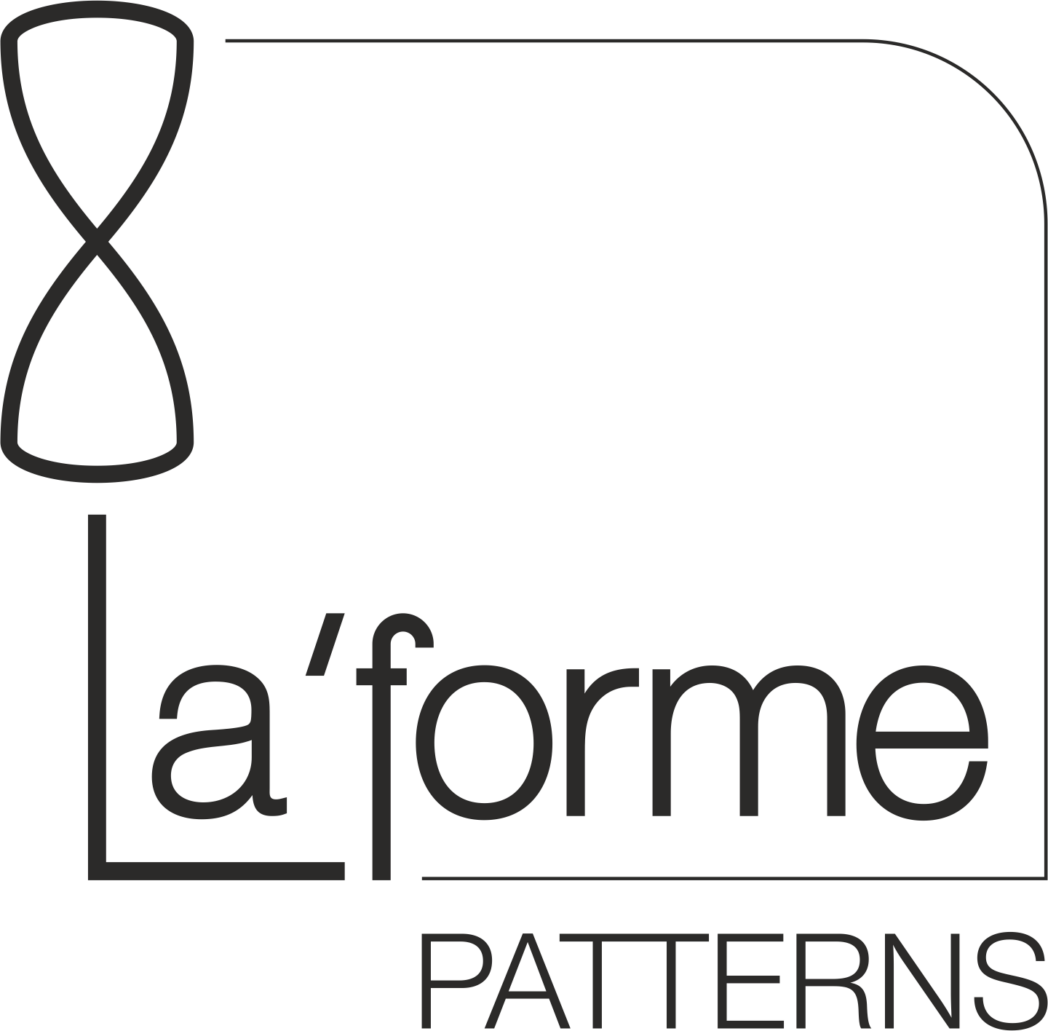Recommended materials: any dress and costume fabrics, including knit. Consider your wishes when choosing fabrics – soft or hard forms for a dress. For example, when sewing velvet from silk, the folds will be soft and movable, from velvet from cotton, the folds will keep volume and shape.
Table 1 – Fabric consumption* (Russian sizes 38-56, EU 32-50, USA 4-22)
| Height, cm/foot |
Main fabric, with width 140 cm, m With a directional pattern |
|
|
sleeve-1 or sleeve-2 |
||
| 158 – 164/
5′ 22″– 5′4″ |
2,00 (40/34/6) – 2,20 (48/42/14) – 2,40 (56/50/22)
|
|
| 170 – 176/
5′7″– 5′9″ |
2,10 (40/34/6) – 2,30 (48/42/14) – 2,60 (56/50/22)
|
|
| Fabric shrinkage is not taken into account! This is the consumption parameters for already decated fabrics. | ||
| Interfacing consumption which is chosen depending on the main fabric characteristics is 0,9×0,1 m; dense interfacing fabric for a belt (on width and length of a belt);
Belt buckle 60 mm wide, Snaps 5 pcs, 20 mm diameter, Threads for sewing and overlocking – 4-6 bobbins. |
||
* – The numbers mentioned in the table are for the extreme sizes in which this model is developed, when selecting materials for the intermediate size, be guided by the average value. An additional supply of materials (for cut accuracy) of not more than 20 cm is already included in the table indicators.















Reviews
There are no reviews yet.